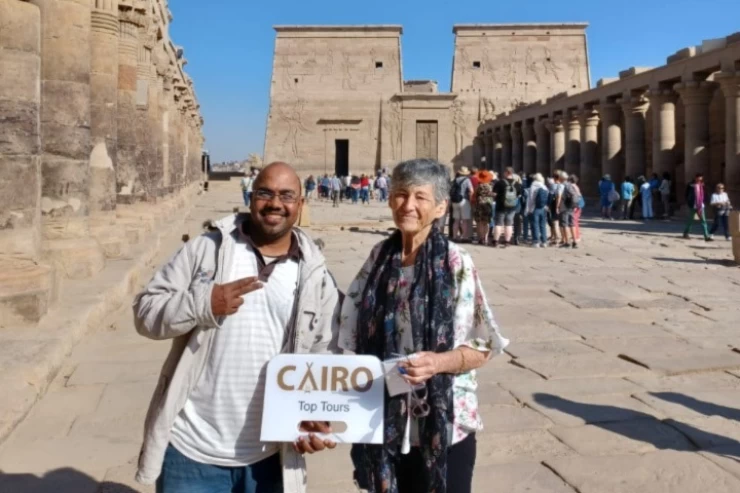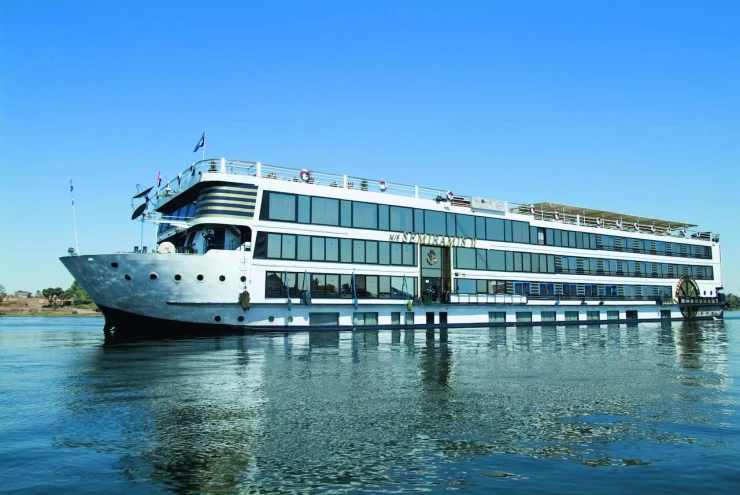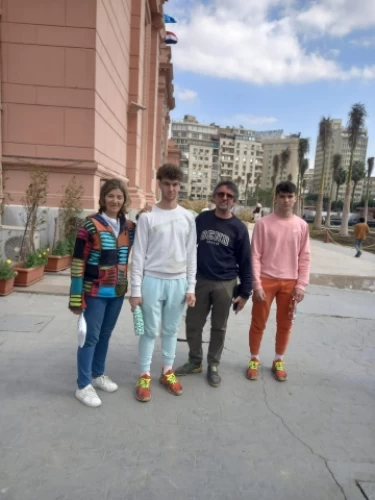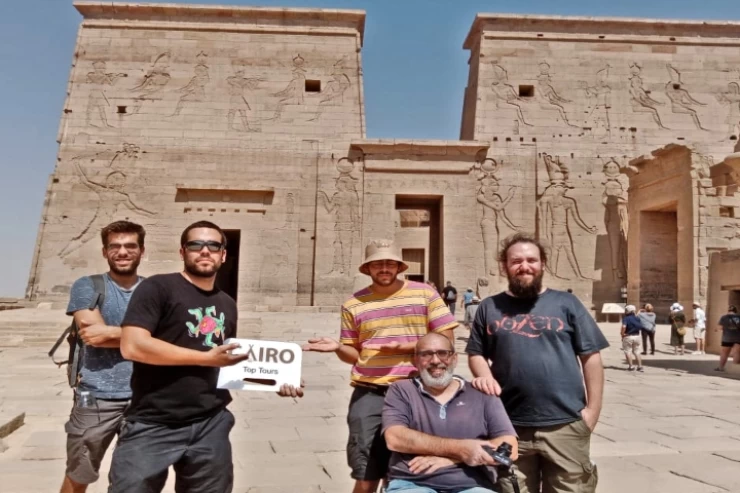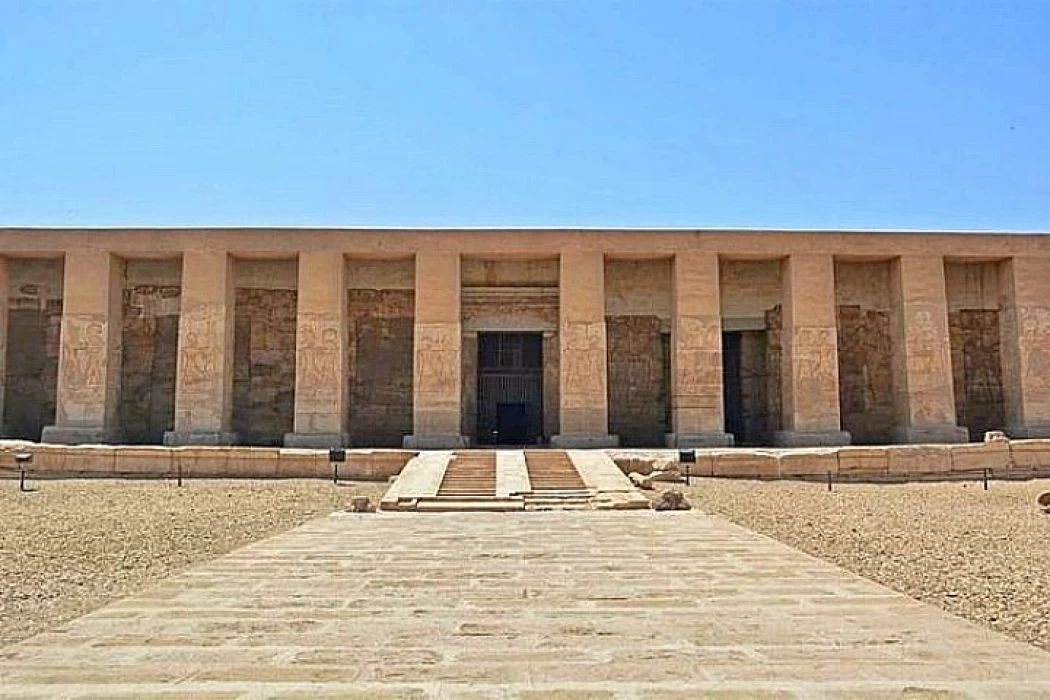
Amada Temple in Nubia | Temple of Amada Egypt
Exploring the Timeless Beauty of Amada Temple in Nubia
Deep in the Nubian desert, overlooking the shimmering waters of Lake Nasser, lies the Temple of Amada, one of the oldest and most exquisitely preserved temples in Nubia. A masterpiece of ancient Egyptian architecture and artistry, the Amada Temple is a treasure trove of history, offering visitors a glimpse into the spiritual and political legacy of the New Kingdom.
The Oldest Temple in Nubia
Built during the reign of Pharaoh Thutmose III and later enhanced by his successors, Amenhotep II and Thutmose IV, the Temple of Amada is the oldest temple in Nubia. Originally dedicated to the gods Amun-Re and Re-Horakhty, the temple reflects the significance of the Nubian region as a key part of ancient Egypt’s empire.
What sets the Amada Temple apart is its well-preserved reliefs and inscriptions, which narrate significant events, including Amenhotep II’s military campaigns and his devotion to the gods. These inscriptions provide invaluable insights into the politics, warfare, and religious practices of the 18th Dynasty.
While the Amada Temple may not be remarkably vast compared with the other Egyptian temples, it is perhaps the one with the finest art and intricate architectural design. The inner and outer walls have vivid reliefs and colored paintings, which survived as artwork throughout the years. A great many monuments, but to name just a few, include that of Amenhotep II, with offerings made to the gods, an illustration that radiates the finest craftsmanship of ancient Egyptian artisans.
Wooden doors are a feature of the shrine: doors that are extremely rare among Egypt's monuments because of their antiquity and weathering; however, they still testify to the ingenuity of the builders. Save from the Flooding Waters.
Like many Nubian temples, it was destined to drown beneath the waters of Lake Nasser after the construction of the Aswan High Dam in the 1960s. Unlike everything else, however, the temple was disassembled into pieces for reconstitution at a site of higher elevation. It formed part of the Nubian Monuments Campaign by UNESCO, aimed at saving treasures from the rising waters of Lake Nasser.







